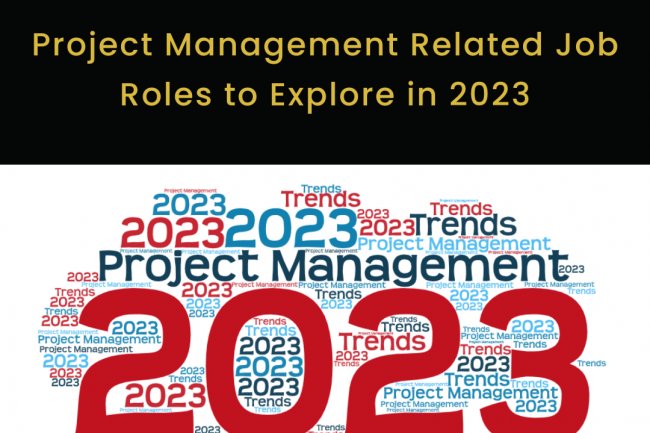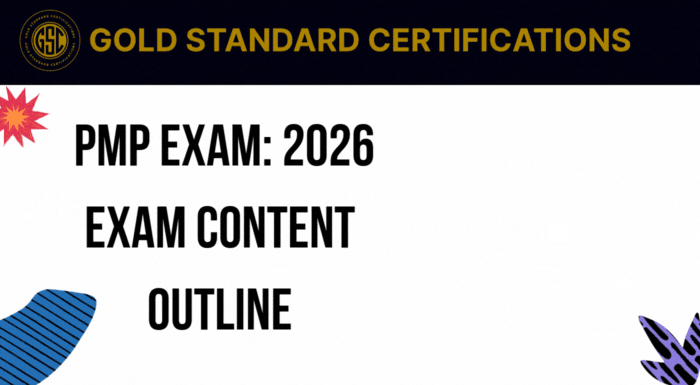Top Project Management Trends to Continue in 2024
Want to know the Top Project Management trends to continue in 2024? Get to learn the management trends that could carve your career graph.

Project Management is an ever-changing field, and with the exponentially growing trends, 2024 is no longer an exception to witness the transformation. Project management trends will continue to influence the industry, and it is important to understand these changing trends and upgrade to adapt to the industry. With the upcoming AI technology, the need to acquire project management soft skills is growing tremendously.
Did you know? “ About 2.3 million people are required to fill the position of project management”. Let's learn about the top project management trends to be continued in 2024.
Project Management and Artificial Intelligence
AI is introduced to precisely reduce human effort, which works for project management tools as well. The project manager would be able to focus more on improving the business strategy and AI reduces the administrative tasks. AI will revolutionize the world of project management. Here is the list of features of AI and how it could potentially help in advancing the work progress.
- Prediction: AI is built with algorithms to predict the potential hurdles, as it analyzes the project data it becomes easier to presume the completion of each phase.
- Allocation: Accessing the available resources is a major task before the beginning of the project, AI makes it simpler. It allocates the resources effectively, and also reduces the risk of over or under-utilization of resources, thereby making the right people work at the right time.
- Monitoring: Since AI detects the risks ahead of the project's success, it thereby enables the preventive measure to take the correct action. It monitors and tracks the project's progress collects all the necessary information, and helps the team to keep them on track.
- Engagement: Through the chatbots, AI provides updates to the shareholders on the progress of the project. It also helps to answer the questions of the stakeholders, thereby reducing the task of updating and yet keeping them engaged with the project.
- Automation: AI facilitates scheduling meetings, and generating status reports, thereby saving time to focus on tasks that are of high priority. These applications make the work smoother and easier workflow.
Remote and Hybrid in Project Management
After the pandemic, there are more opportunities for remote and hybrid modes of working, while the team is spread across different locations, the digital tools have helped with the collaboration and have made effective steps to keep them motivated. Have a look at why the trend continues
- Flexibility: The remote mode prevailed during the COVID-19 pandemic, while most of the offices are opening and currently have a hybrid mode of working. This has provided a work-life balance for the employees. It has helped to prioritize the deliveries rather than the working hours.
- Global collaboration: It gave the ability for the company to hire professionals from all around the world. It helped to access a wide range of skills from different locations.
- Opportunities: With remote mode, there opens a wide range of opportunities for those facing barriers to be present physically. Through this, the projects benefit from an array of experiences.
Decision-making through driven data
It is possible to gather information from data analytics tools for making decisions. It identifies the issues in advance for capturing the areas of improvement. This increases the process of decision-making, accurate analytics, assessing risk factors, and strategic planning.
- Accuracy: There is no space for guesswork and there is only project management. This accuracy helps in handling crucial and complex projects, in which the decisions have a major impact on the project. Through data analytics, the process is easier for project managers to reduce the risk factors and continue toward the project's success.
- Efficiency: Data analytics identifies the inefficiency within the project's progress. It identifies the areas of improvement such as the utilization of resources, time management, resource allocation, and cost-cutting. Thereby improving the efficiency of the project management process.
- Forecasting and Risk Management: As it identifies the risk factors, it enables better planning. It navigates through the uncertainties and ensures that the project is on track.
Change Management
Change Management is a guide to the significant changes or shifts in the project progress. It is the ability to adapt to changes in a rapidly transforming era. Change management prioritizes the need for continuous learning due to sudden shifts in approaches and methodologies, and also the ability to manage the expectations of stakeholders.
- Adapting: There is a paramount of emerging trends in the field of project management. This could be overcome by project tracking tools such as agile board, and task tracking, to make immediate decisions for the changing circumstances.
- Resistance: Project Managers continuously work on building strategies to mitigate the resistance effectively. With the new tools available it is easier to manage the altering workflow, shifting culture, and addressing the resistance for making the project successful.
- Integration: Integration of methodologies is closely associated with project management tools. These tools allow the teams to customize their workflow based on the project's requirements.
Automated Tracking
Automated Time Tracking is a process where the team gets to save invaluable time while handling multiple tasks and thereby tracking the overall performance. It increases productivity and therefore develops a better sense of managing time, it also highlights the most essential task to be completed.
- Automation: The major features are reducing efforts to keep track of ongoing tasks, timekeeping, prioritizing, and a clear view of the completion of the timeline. Overall it increases efficiency and reduces burden.
- Allocation: It evenly allocates the resources to give clear insights regarding the workload to the team. It improves resource utilization and optimizes the project timeline.
- Profitability: These automated tracking tools have an impact on the profit of the company. It contributes to project budgeting, cost estimation, invoicing, and profit. Since there is an accurate recording of the working hours it has an impact upon the positive outcomes. The transition has increased efficiency tremendously.
How can a Project Manager master the trend?
- Endurance towards Emotional Intelligence (EI), as leading a team is beyond completion of tasks.
- Keeping up with the team dynamics, addressing the strengths and weaknesses.
- There has to be a customized way of working, be it collaboration with the team or managing deadlines.
- Ensuring there is work-life balance, and the mental well-being of the team plays a crucial role in the success of the project
- Focusing on productivity, and ability to handle obstacles ahead.
The Top Project Management trends to continue in 2024, are all about consistent effort and adapting to the advancement. Well, with the top trends, the project managers can stay ahead and work efficiently.
To become a certified Project Management Professional, click here.














